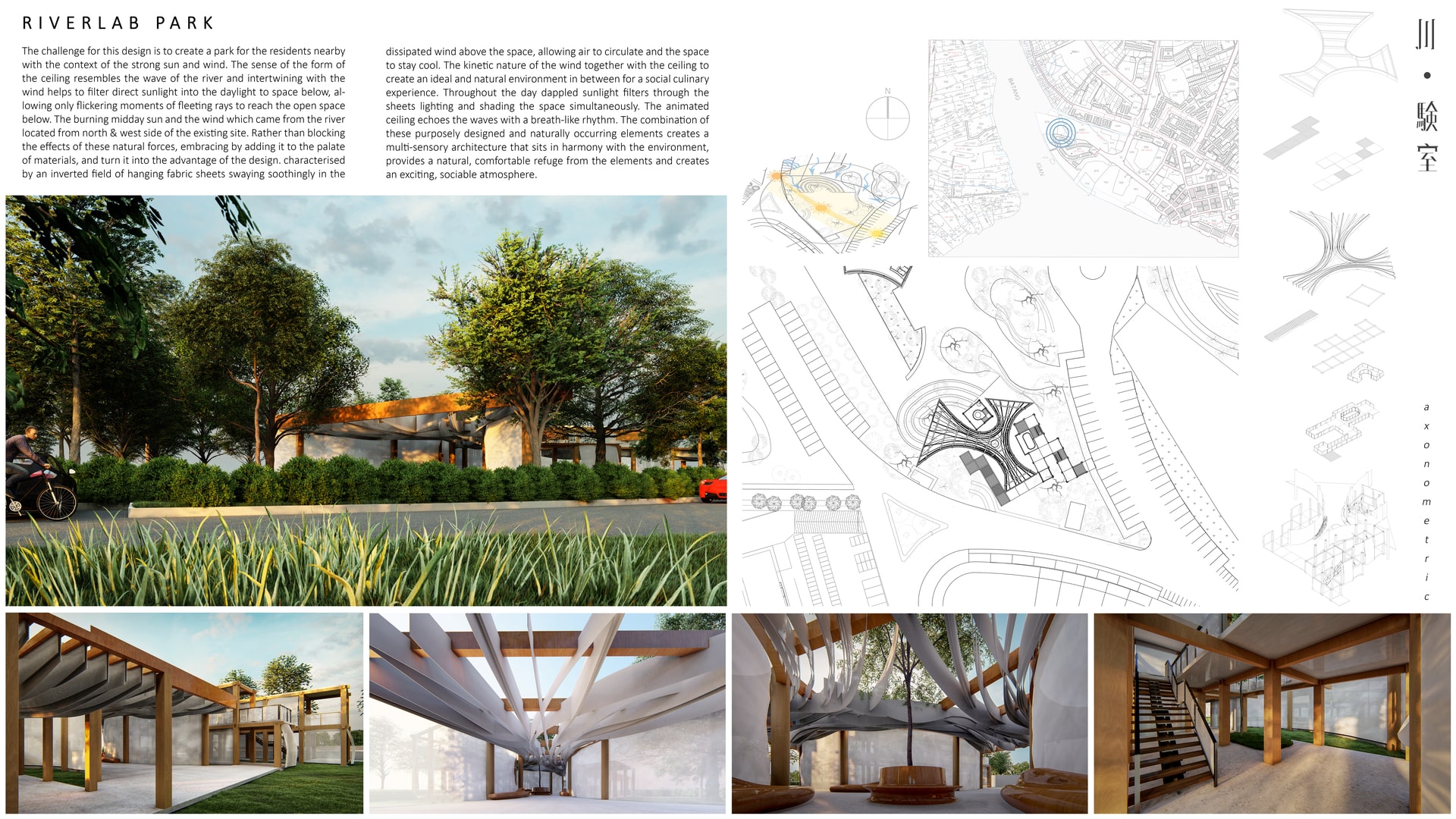Project Description
Sunlight has proven to be an excellent form of a giver, which architecture can create dynamic environments with it. a coherent daylight typology could be a valuable target during the design process also could be analyses focus mainly on energy consumption. Better daylight conditions in our homes, schools and offices can lead to healthier and more productive places to enjoy life indoors, rest, play, learn and work. By improved daylight conditions were found to significantly improve performance in both tests. There is two extremes of daylight: direct sunlight, with clear blue skies and the diffuse cloudy sky. Both lead to very different feelings and associations. Direct sunlight gave intense modelling with harsh shadows and orientation during the course of the day has a major impact. Therefore, the environment seems to be very diverse with the duality of light and shadow. Simultaneously the brightness of the blue sky has a very activating effect on us from the mood to the environment. But when clouds appear and fill the sky, the brightness decreases significantly and we lose the modelling due to the lack of clear shadows. Subsequently, we encounter a dimmed situation of uniformity and calm. Such conditions settle our mind because we are not stimulated by diverse and dynamic surroundings. When the brightness decreases significantly and we could lose the modelling due to the lack of clear shadows. Hence, people encounter a dimmed situation of uniformity and calm where such conditions settle minds because people are not stimulated by diverse and dynamic surroundings. Direct light in combination with indirect daylight. These spaces avoid both extreme contrasts over time and a dull atmosphere. Daniel Libeskind's Imperial War Museum is a similar example of playing with lines of daylight in the interior space to build up a certain mood. Their factors of contrast and dynamic impact lie in emphasizing daylight as a spatial quality beyond energy-driven metrics. This approach could evolve into a useful classification to reflect the qualities of daylight in daily design work. How daylight affect mood? most people, modern living entails spending most of the day in indoor, bathed in a sum of artificial and natural lights. While artificial light has afforded mankind incalculable possibilities, it caused some confusion to people, which have evolved for thousands of years to respond to the stimuli of sunlight in the day and darkness during the night. The human being is responsiveness to natural light is called the circadian rhythm or cycle and describes as the 24-hour biological cycle to almost all the living beings. Circadian rhythms are primarily influenced by a light reception, but temperature and other stimuli also play a role in the process. Understanding the circadian cycle is essential because it affects the rhythms of the human body and influences sleep, mood, digestion, and temperature control. Research shows that an adequate amount of sunlight daily improves mood, energy levels and sometimes even concentration, appetite, and many other aspects of daily life. How daylight affects architecture design? This is no accident: daylighting is a magic ingredient in architecture, bringing dynamism to static structure, imbuing buildings with a sense of time. New benefits of daylight are constantly being uncovered: daylight improves learning in school, improves recovery rates in hospitals, improves productivity in workplaces, and improves psychological well being nearly everywhere. The energy benefits that daylighting as well: when daylight can replace electric lighting, we can save the energy consumed by the electric lights; but it could also eliminate the heat emitted by those lights and therefore reduce the need for cooling. It’s not enough for daylight to be poetic and impactful alone, it also needs to work. And this is where daylight analysis comes in. There are different types of daylight metrics, which allow architects to understand daylighting in different ways, and are therefore useful for answering different types of design questions.
